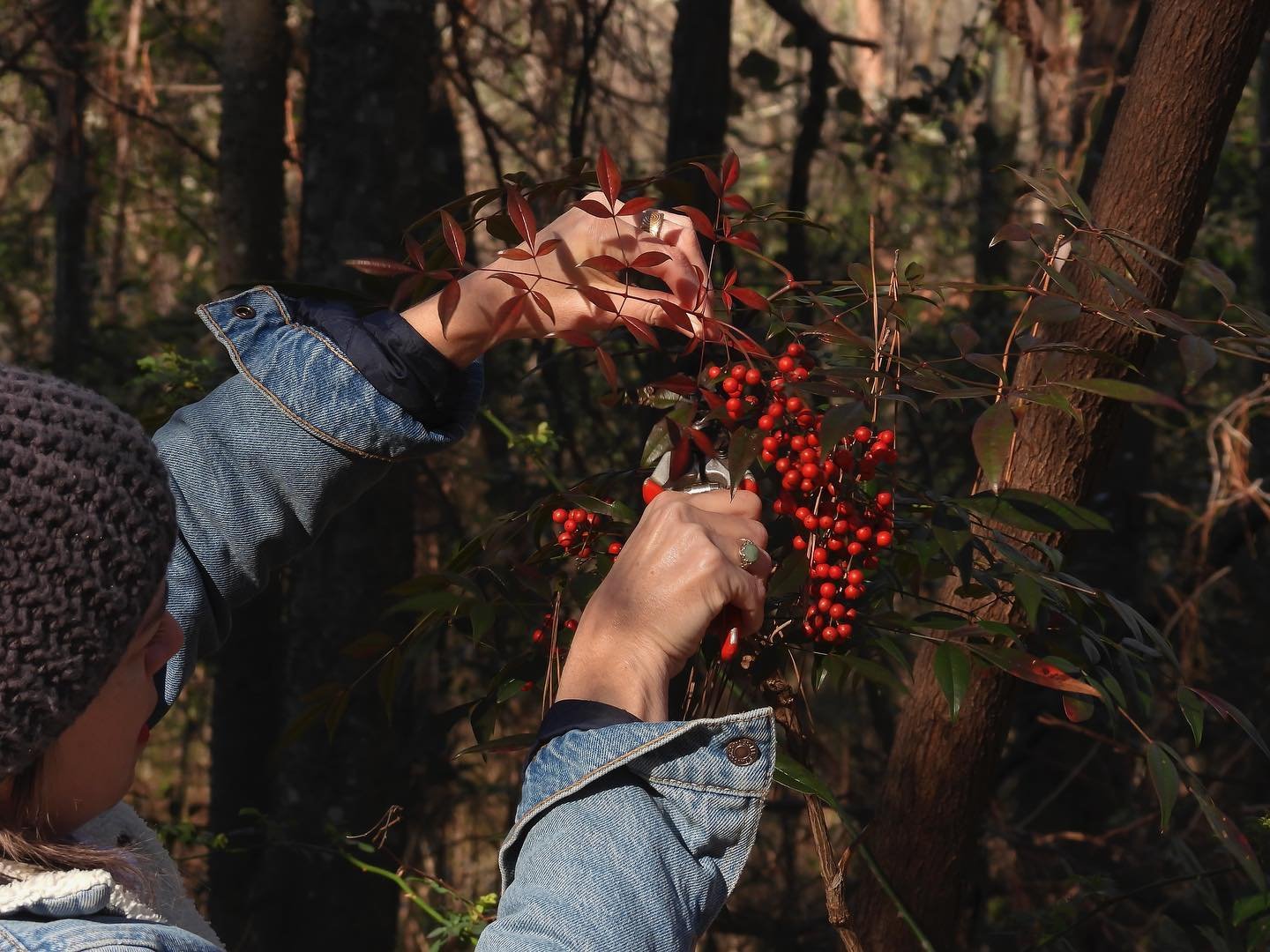Working at a nature preserve has its perks. Daily chores give us all the feels for the natural world. A simple trip to the mailbox reveals small wonders and changes in the seasons. We’re beginning to encounter more reptiles and amphibians as the weather warms and the days lengthen, and we’re receiving delightful messages from hikers about what they’re seeing as well. Around the Nature Center, we’re finding Carolina anoles (Anolis carolinensis) basking on the sidewalk and the rock pillars around the bridge over the frog pond, darting into crevices as we approach.
Croak, splish, splash — It’s hard to find the frogs after they leap into the pond for safety. Looking for eyes and noses of green frogs and bullfrogs hidden among the decaying plants, we spy a southern leopard frog (Lithobates sphenocephalus) floating on top. Distinctive, light-colored ridges down the back, spotted body, and a slightly pointed snout are the keys to identifying this frog.
Working at the greenhouse at Turkey Creek Nature Preserve, Van found a black kingsnake (Lampropeltis nigra) near the compost pile. When she uncovered the snake, it wiggled its tail like a rattlesnake. Van felt no fear, but admiration for the natural pest control this snake may provide.
We’re happy to see these creatures utilizing microhabitats around our facilities, and we continue to create habitat for wildlife in our habitat gardens. What wildlife are you finding around your house and habitat gardens?

























